
Blockchain Certification Course
This comprehensive course, combined with Odigia’s Learning Tools, has everything you need to become a Certified Blockchain Specialist.
About the course
Certified Blockchain Professional Curriculum
ABSTRACT: With all of the buzzwords flying around, it can be difficult to separate Blockchain hype from business reality. This foundational curriculum will enable candidates to understand the essential concepts of the distributed ledger, relevant Blockchain terminology, and real world Blockchain use cases and technical considerations.
This course explores the concept of anonymous consensus and how it is essential to ensuring that the blocks in a Blockchain contain the single version of the truth, as well as learning the mechanics of Blockchain validation and how consensus can eliminate errors that otherwise require third-party reconciliation. How identities work inside of Blockchain and the dependencies that Oracles have on Smart Contracts are covered in detail. A multi-dimensional review of Tokens and Tokenization are detailed. Industry examples and emerging applications, blockchain technologies, and approaches to deploying blockchain will be the focus of this course. At the end of this course candidates will be prepared to engage in the technical management responsibilities necessary to lead a blockchain initiative.
WHO SHOULD ATTEND: Business Analysts, Team Leaders, Project Managers, Database Administrators, Programmers, anyone in need of understanding Blockchain at a business level.
PRE-REQUISITE: None
DURATION: 40 Hours
TESTING: 100 Point Test at the end of each module and a 300-point final certification exam. A score of 80% or higher is needed to move on to the next module.
This course includes:
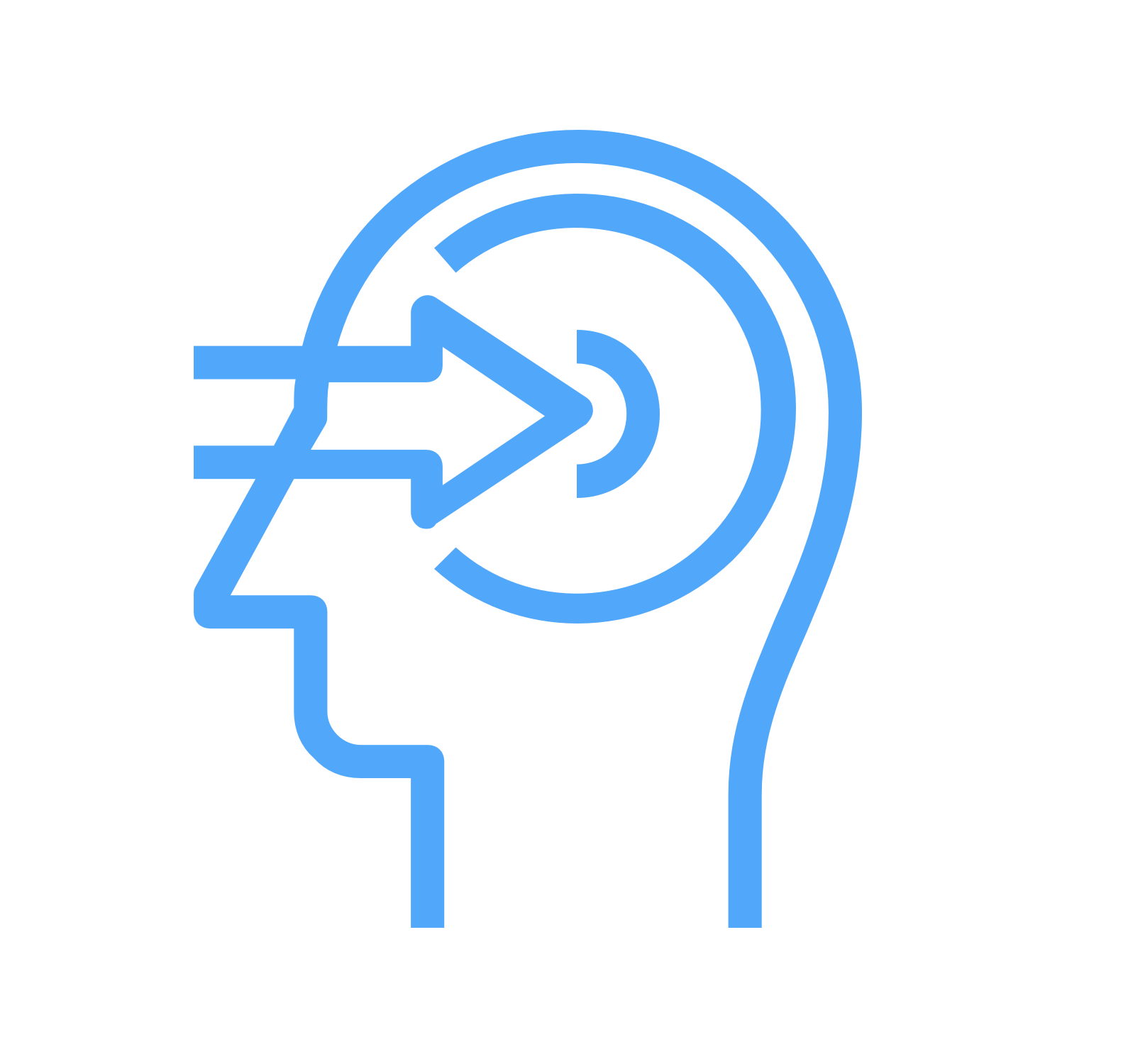
3+ hours
lecture videos
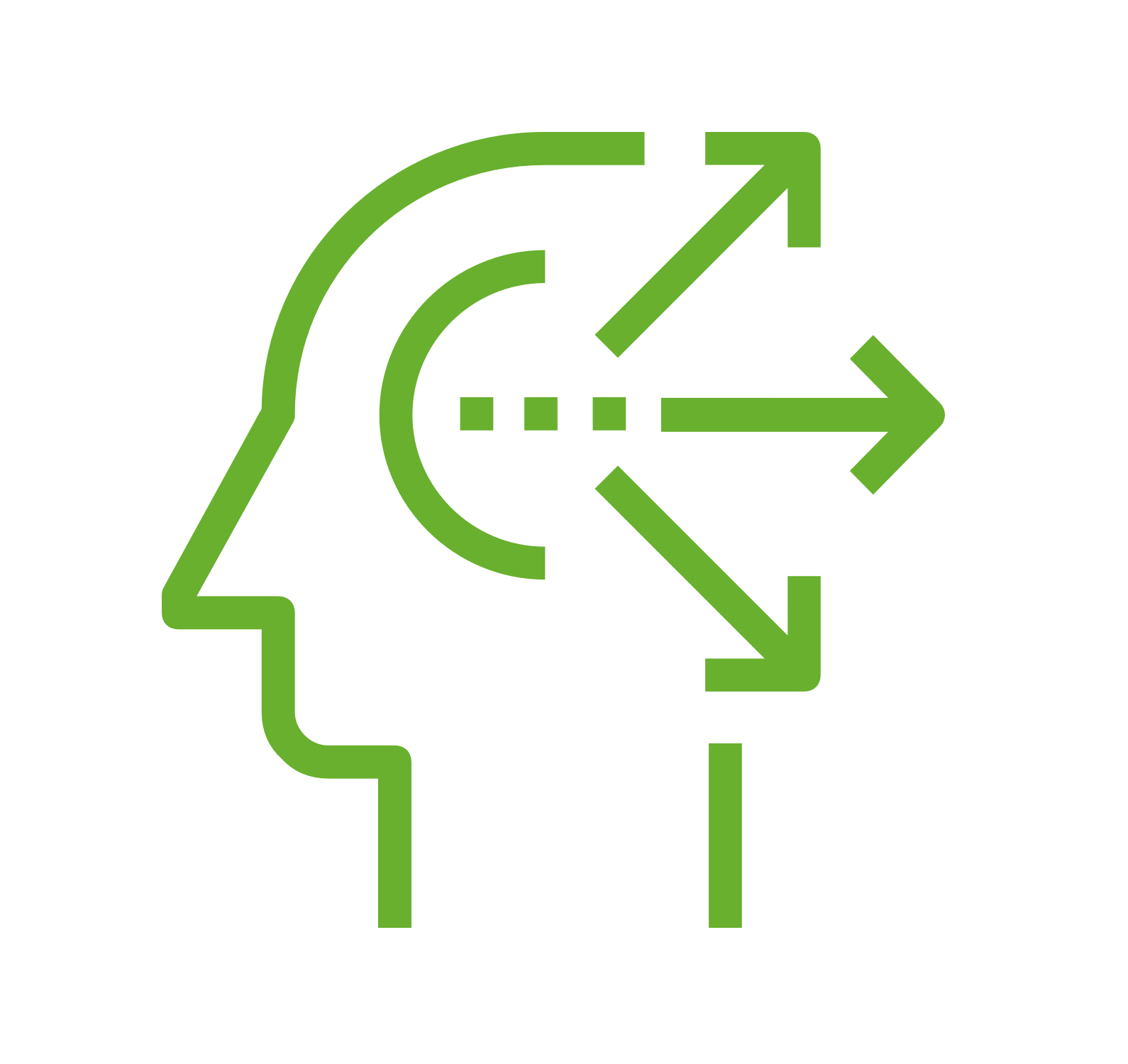
120
quiz questions
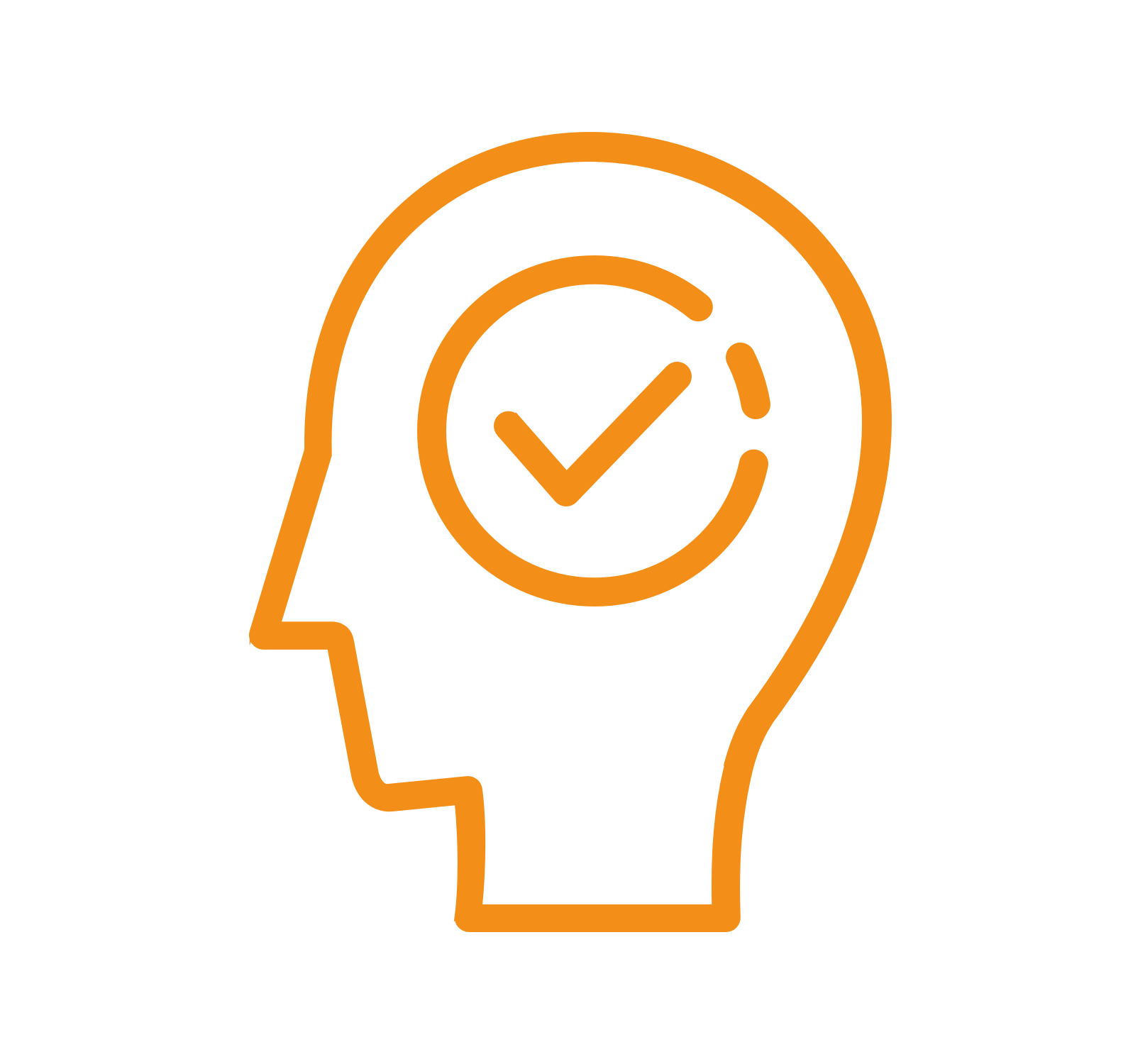
1
certification exam
What will I learn?
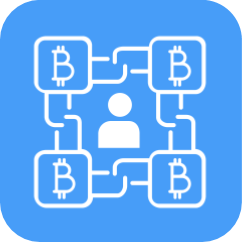
Introduction to Blockchain
Start with the basics: what is blockchain, how blockchain works, identity eTransactions, and Smart contracts.

Understanding Consensus
Learn what makes blockchain unique: proof of work, proof of stake, ripple protocol, plus 7 more consensus algorithms.
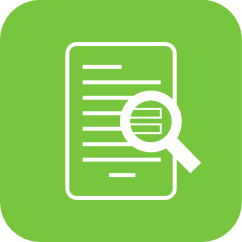
Making Blockchain Better
Technology that impacts blockchain: Proof of Proof, segregated witness, side chains, oracles.

Real World Blockchains and Use Cases
Leading Blockchains and Use Cases: Bitcoin, Ethereum, 6 other blockchains analyzed, 4 use cases examined.
Blockchain Certification Course Outline
Section 1.1 – Introduction: A Welcome From the Founder, Paul Tatro Section 1.2 – Definition Section 1.3 – What Problem does Blockchain Solve Section 1.4 – Types of Blockchains Section 1.5 – Blockchain AdvantagesModule 1: What is Blockchain?
Module 2: How Blockchain works
Section 2.1 – What is Hashing?
Section 2.2 – Characteristics of a Hash
Section 2.3 – Secure Hash Algorithm 256
Section 2.4 – The Solved Hash
Section 2.5 – Connecting Blocks
Section 2.6 – Distributed blockchain
Section 2.7 – Blockchain for Tokens
Section 2.8 – Merkle Root
Module 3: Digital Identities and Transactions
Section 3.1 – What is a Digital Signature?
Section 3.2 – What is Asymmetric Cryptography?
Section 3.3 – Digital Signature VS. Handwritten Signature
Section 3.4 – Types of Keys in a Digital Signature
Section 3.5 – Digital Signature Workflow
Section 3.6 – Digital Signature for Bitcoin
Module 4: Gaining Consensus and Proof of Work Alternatives
Section 4.1 – What is Consensus?
Section 4.2 – The General Consensus Approach
Section 4.3 – The Elements of Consensus
Section 4.4 – Objective of Different Consensus Algorithms
Section 4.5 – Mining Proof of Work
Section 4.6 – Proof of Work Process Flow
Section 4.7 – What does Proof of Work do with Consensus?
Module 5: Practical Byzantine Fault Tolerance and Proof of Stake
Section 5.1 – Are Proof of Work Alternatives Needed?
Section 5.2 – Perceived Issues with Proof of Work
Section 5.3 – Byzantine Generals Problem
Section 5.4 – Practice Byzantine Fault Tolerance
Section 5.5 – Ripple Protocol Consensus Algorithm
Section 5.6 – RPCA – Unique Node Lists (NULs)
Section 5.7 – RPCA – Process Flow
Section 5.8 – Proof of Stake
Section 5.9 – Proof of Stake Flow
Module 6: Other Proofs
Section 6.1 – Proof of Elapsed Time (POET)
Section 6.2 – Proof of Elapsed Time Flow
Section 6.3 – Proof of Activity
Section 6.4 – Proof of Activity Workflow
Section 6.5 – Proof of Burn
Section 6.6 – Proof of Burn Flow
Section 6.7 – Proof of Capacity
Section 6.8 – Proof of Capacity Process Flow
Section 6.9 – Proofs Summary
Module 7: Proof of Proof and Segregated Witness
Section 7.1 – Proof of Proof
Section 7.2 – Poof of Proof Advantages
Section 7.3 – Consensus Blockchains
Section 7.4 – Proof of Proof Processing Goals
Section 7.5 – Proof of Proof Processing Flow
Section 7.6 – Proof of Proof Attack Prevention
Section 7.7 – Segregated Witness
Section 7.8 – Sidechains
Section 7.9 – Sidechain Process Flow
Module 8: Smart Contracts and Oracles
Section 8.1 – Smart Contracts
Section 8.2 – Smart Contract Characteristics
Section 8.3 – Paper VS. Coded Contracts
Section 8.4 – Oracles
Section 8.5 – Challenges for Oracles
Section 8.6 – Types of Oracle Information
Section 8.7 – Software-based Oracle Flow
Section 8.8 – Consensus-based Oracle Flow
Section 8.9 – Hardware-based Oracle Flow
Section 8.10 – Smart Contract Process Flow
=Module 9: Leading Blockchains
Section 9.1 – Blockchain Pedigree
Section 9.2 – Bitcoin Summary
Section 9.3 – Ethereum Summary
Section 9.4 – Distributed Applications
Section 9.5 – Casper Proof of Stake
Section 9.6 – Casper Process Flow
Section 9.7 – Multichain Summary
Section 9.8 – Hyperledger Summary
Section 9.9 – Ripple Summary
Section 9.10 – EOS Summary
Section 9.11 – EOS Blockchain Operating System Features
Section 9.12 – Delegated Proof of Stake
Section 9.13 – Delegated Proof of Stake Workflow
Section 9.14 – Evolving Blockchain Summary
Module 10: Sample Applications and the Future
Section 10.1 – Deciding on Blockchain – Evaluation Criteria
Section 10.2 – Financial Application – Typical Senario
Section 10.3 – Financial Application – Blockchain Senario
Section 10.4 – Possible Financial Application with Blockchain
Section 10.5 – Provenance Tracking Application – Typical Senario
Section 10.6 – Provenance Tracking Application – Blockchain Senario
Section 10.7 – Possible Provenance Application with Blockchain
Section 10.8 – Data Notary Application – Typical Senario
Section 10.9 – Data Notary Application – Blockchain Senario
Section 10.10 – Possible Data Notary Application with Blockchain
Section 10.11 – The Added Business Value of Blockchain
Section 10.12 – Internet of Things and Blockchain
Section 10.13 – Three Challenges of Blockchain Adoption
Section 10.14 – Blockchain is not for Everything
Section 10.15 – Conclusion
About the book
Blockchain Unchained
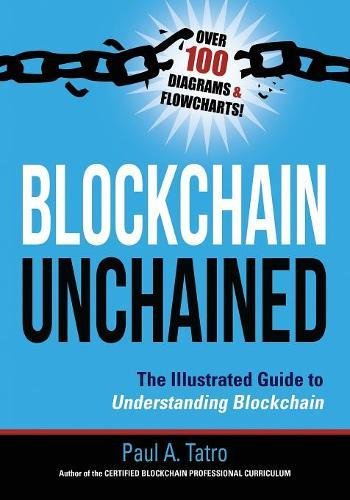
Blockchain is indeed a revolutionary capability that put a new spin on how applications could be built going forward. This is why it is impossible to browse the Internet, pick up a newspaper or magazine and not see a headline referencing Blockchain.
One day, Blockchain will be so mainstream that its skeleton will disappear in the same way that electrical wires are part of every wall, but no one notices anymore. But, before then, you should learn what Blockchain is and how it works. Paul Tatro’s groundbreaking new book, Blockchain Unchained: The Illustrated Guide to Understanding Blockchain, will help you do exactly that.
About the author:
Paul Tatro

Paul A. Tatro is the founder of Blockchain U Online, an Amazon #1 bestselling author, and a software executive with core skills in education, international expansion, sales, sales support, curriculum development, and operational management.
He has been a member of four start-up teams with two of the start-ups publicly traded on Nasdaq and has extensive experience in Blockchain, public safety, retail, banking, and telecom verticals with enterprise software, first responder, and offender management solutions.
Paul lives with his wife of 40 years, Pam, in Michigan.
